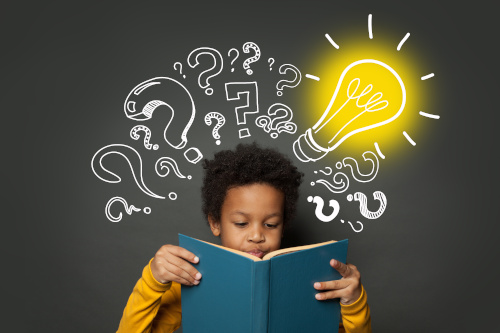Much like the return of Cabbage Patch Kids, He-Man, and the Lite Brite I saw at the store on Black Friday, we’re living in an era where what’s old is new.
During the pandemic, renowned reading expert Lucy Calkins called for a ‘rebalancing’ of Balanced Literacy, alluding to an increased focus on linking letters with their sounds–or what those of us who went to elementary school in the 80-90s know as phonics class.
While some teachers are not necessarily abandoning components of Balanced Literacy (like reading aloud, guided and independent reading, and word study) in favor of pulling out the old phonics workbook with the tear out pages, they are reconsidering the role phonics plays in modern elementary education and turning more often to a Science of Reading-based approach.
Because now, emerging from the pandemic, the nation’s report card published a sobering decline in reading and math scores among students.
Reading coaches and teachers say the decline in reading proficiency and scores among kindergarten through third grade students was well underway before the pandemic.
So what does this mean for teachers who are struggling to fill reading gaps created during the pandemic?
And what should publishers who serve the education market do to help?
The Educational Book and Media Association hosted a webinar to discuss this very topic, seeking input from teachers, reading coaches, print and digital book wholesalers who sell to K-12 schools, and publishers on what’s needed now to begin remediation… to get our students reading.
Illinois reading coach Katie James began her career in education as a teacher spanning first, second, and third grades. James says the reading gap is a daily problem for teachers, which is why districts are adding new levels of intervention for more and more students who are reading at increasingly varying levels entering fourth grade. “The pandemic-created gaps are understandable,” James said. “In some cases, it’s decoding, others it’s comprehension, sometimes both. So, teachers can’t just start teaching 4th grade content. They have to fill gaps between second and third grade but connect to the fourth-grade objectives. We have faith we’re closing those gaps but it’s going to take some time.”
Teacher Beth Heidemann agrees with James. “There was a trend in this direction pre-COVID. There’s been a devaluing of the teaching profession. Too often districts are hitting the easy button and introducing a program. But we need to say to teachers, here’s the training you need if you didn’t already receive it in college and here’s my trust that you’re going to educate these students. There is an issue with literacy. But it’s more than just reading. It’s writing and skilled questioning. And COVID accelerated it. Today, I’m teaching kids who don’t know how to play with each other. So, there are profound development gaps… not just education gaps.”
Related:
3 reasons literacy is essential in child development
How an AI tutor more than tripled my school’s literacy rates during the pandemic
- 10 reasons we love teachers - May 9, 2023
- 10 reasons we love school librarians - March 13, 2023
- Building culture and community takes more than a committee - February 9, 2023


